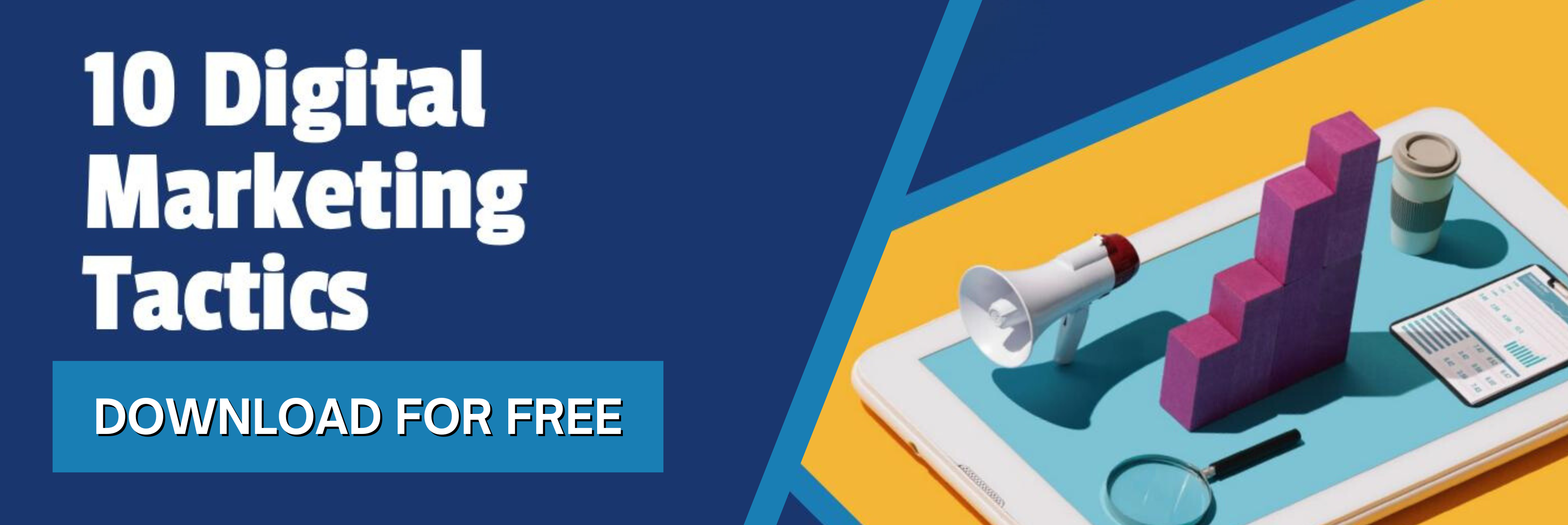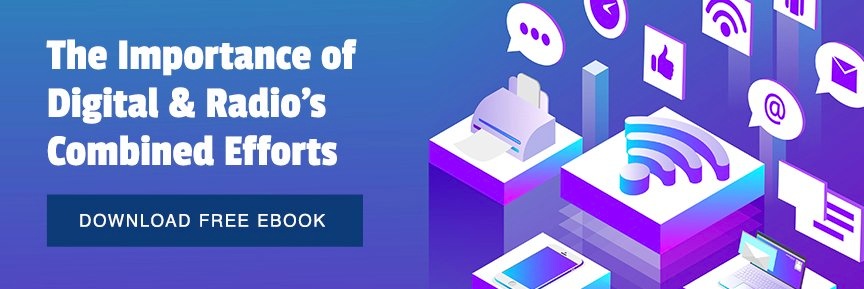Successful companies understand the criticality of having a marketing plan in place. They craft a documented, well-planned strategy for their business's success. They know exactly what they are selling and how to sell it. That includes a considered approach to the channels that will reap the most benefit for their marketing spend.
Unfortunately, some companies don't realize that marketing is a process that requires asking the right questions before investing. They randomly place ads on multiple channels without considering whether that is the optimal way to reach their target audience or whether it amplifies or enhances their message on other channels. Like a novice cook with pasta, the inexperienced marketer will throw marketing spend at the wall to see what sticks. This is an example of spaghetti marketing. The key to avoiding spaghetti marketing lies in asking "what's next?"
What Is the Problem With Spaghetti Marketing?
Aside from the obvious waste of budget dollars, spaghetti marketing can impact your overall marketing efforts. A lack of consistent, cohesive effort focused on the right channels can cause you to lose customers. Forbes cites a study by the Aberdeen Group that shows when brands provide a consistent marketing experience, they retain 89% of customers. Spaghetti marketing, or inconsistent marketing efforts, leads to only 33% retention.
Not only do customers want a cohesive experience, providing one can lead to increased revenue. The rule of seven is an advertising principle that states a customer must be exposed to a message at least seven times for it to prompt brand recognition. Brand recognition leads to customer loyalty, which translates to higher sales. If your marketing efforts are patchy and lack consistency, they can undermine your brand.
What Does It Mean To Ask, "What's Next?"
Marketing is an ongoing process. You must continuously plan your goals and objectives for the next month, quarter, and year. Asking "what's next" refers to looking ahead and being intentional about what comes after the current marketing tactics. Examples include:
- What's next to drive more traffic to your site?
- What's next to enhance the customer experience?
- What's next to attract new customers?
What's next focuses on the future, but it also requires an audit of the efficacy of your marketing efforts to date. Does your message still resonate with consumers? Does it speak to current interests, concerns, or needs? Is it clear about your brand and your core beliefs? Do your customers understand what's next for your brand and how it benefits them?
How Do You Ask, "What's Next?"
Beyond asking the question, what should businesses do to plan for what's next? Research and analysis is an excellent way to get started. Market research can provide insight into emerging trends and give a general outlook on the market as a whole to help provide direction to reach your short and long-term marketing objectives. Performing competitor analysis can help you identify new ways to set your company and your brand apart from the rest and allows you to learn from their successes, like the most effective marketing channels.
There are also several approaches to help you connect your marketing strategy to essential goals, such as ROI. Using the North Star metric can uncover opportunities for optimization, while OKR can provide increased focus, transparency, and alignment toward achieving your goals. Using SMART goals gives your company clear, actionable, and measurable steps for setting and achieving objectives.
What Happens When You Ask, "What's Next?"
Asking what's next leads to positive results, including but not limited to:
- It allows you to optimize your results while spending less, increasing ROI.
- Asking what's next gives you insight into what's important to your customers, leading to a more personalized customer experience and increased customer retention.
- Focusing on what's next allows you to engage customers in new ways, such as providing informative, helpful content that speaks to current concerns or needs.
- Companies that ask what's next are able to lay the foundation for the customer journey, providing a seamless transition from the brick-and-mortar to e-commerce experience, such as online ordering, same-day delivery, and curbside pickup. It results in expanded customer loyalty and engagement, as well as increased sales.
Avoiding Spaghetti Marketing
Investing in random marketing ideas without a plan is essentially like throwing pasta at a wall to see what sticks. A spaghetti marketing campaign lacks focus, cohesion, and consistency. It wastes time and money and could undermine your overall strategy and brand. There is little thought or research into the most effective ways to reach potential customers or engage existing ones, much less which channels will provide the best ROI.
In contrast, a successful marketing plan incorporates clear, actionable, measurable, and achievable goals. Defining and achieving your large goals and objectives requires asking the right questions. You have the power to transform what could have been spaghetti marketing to a well-planned marketing strategy by asking the critical question, "what's next?"



